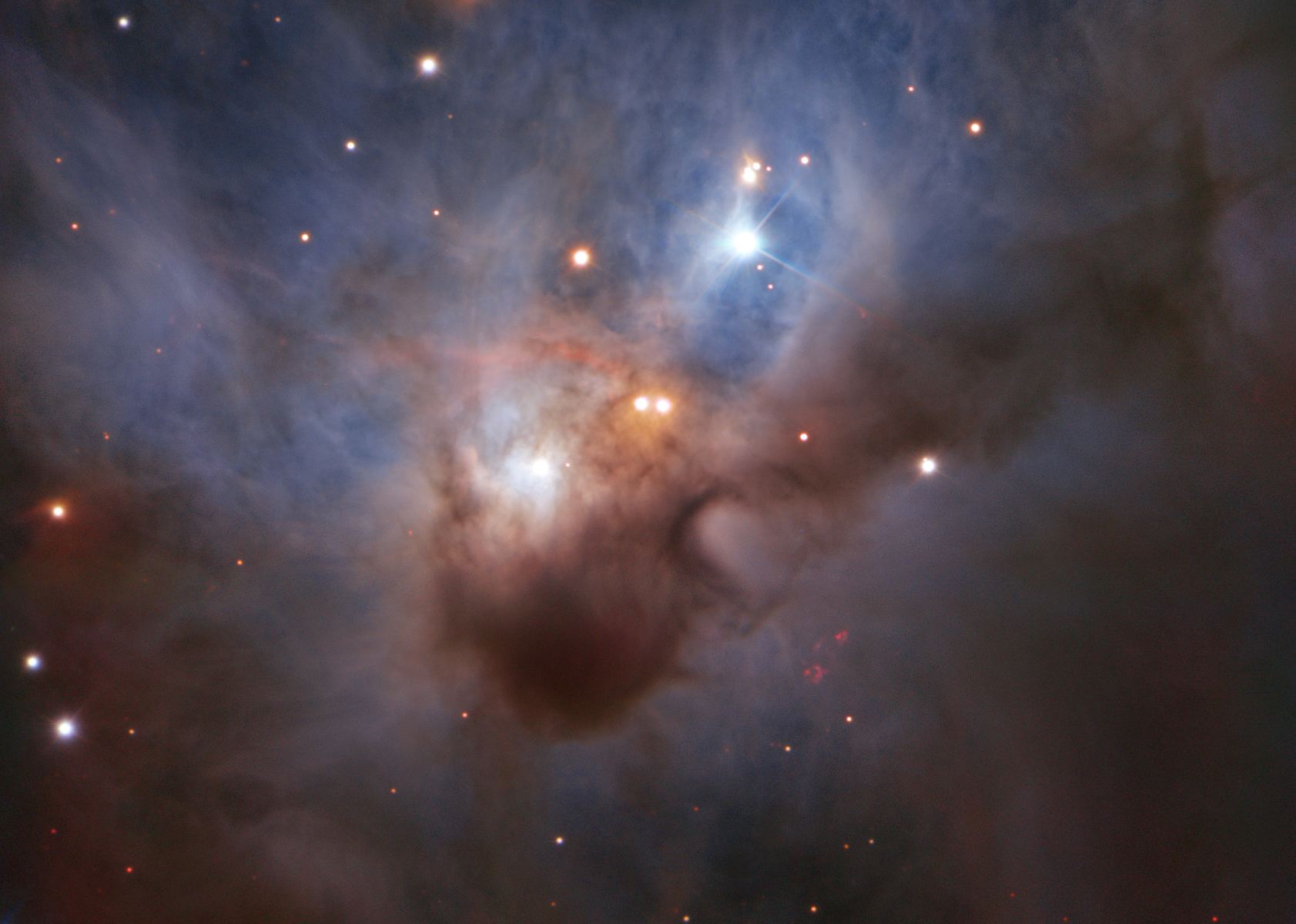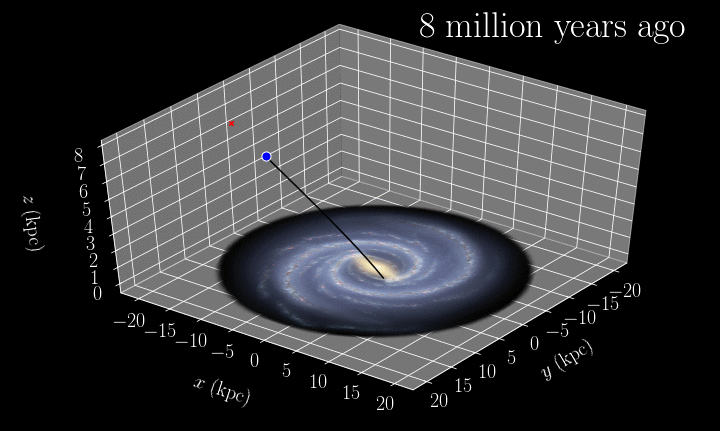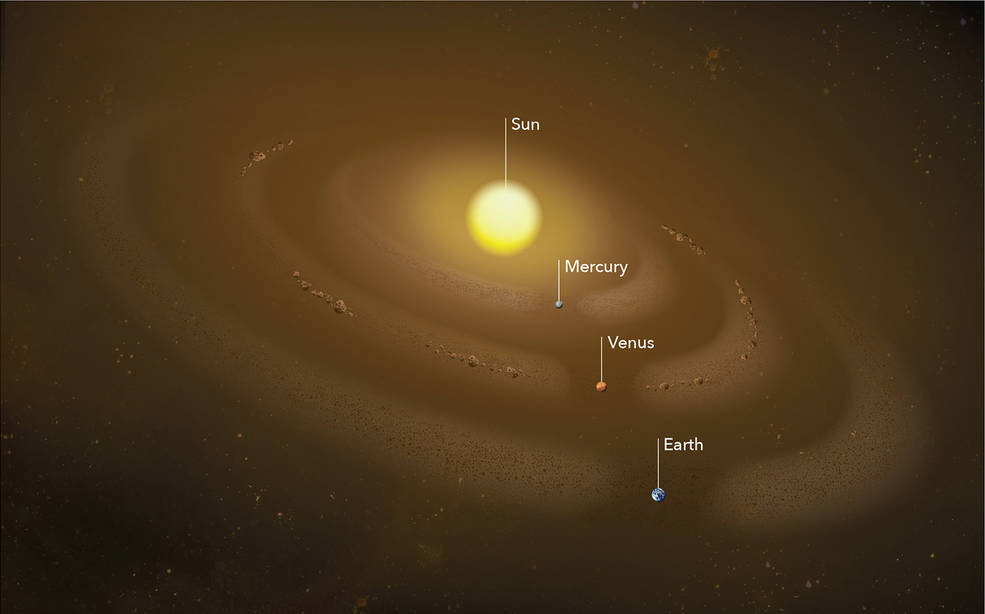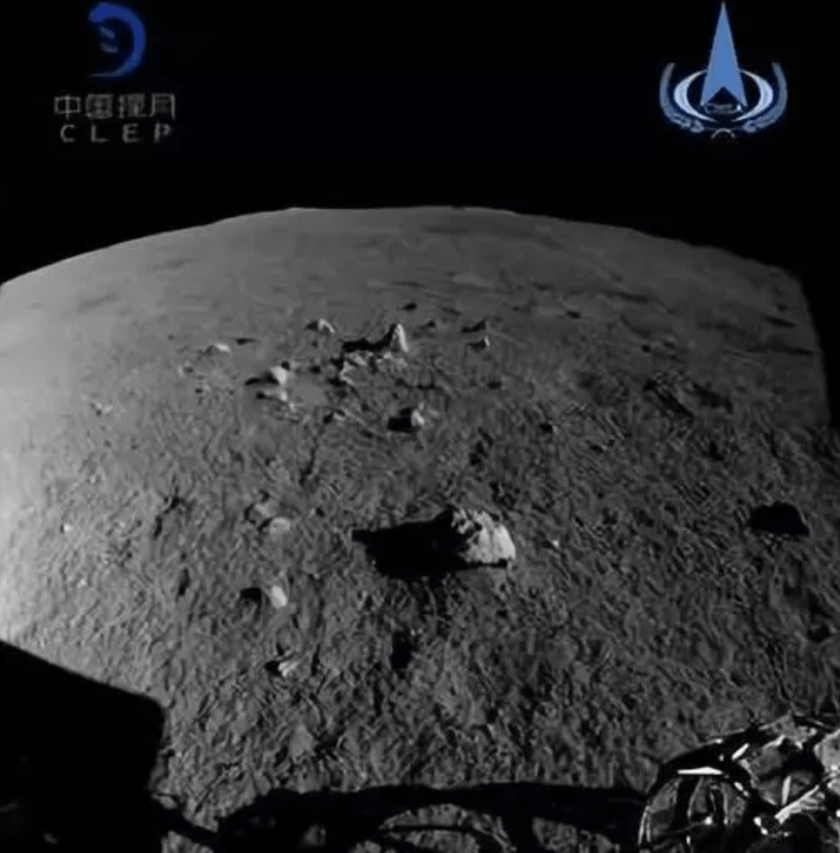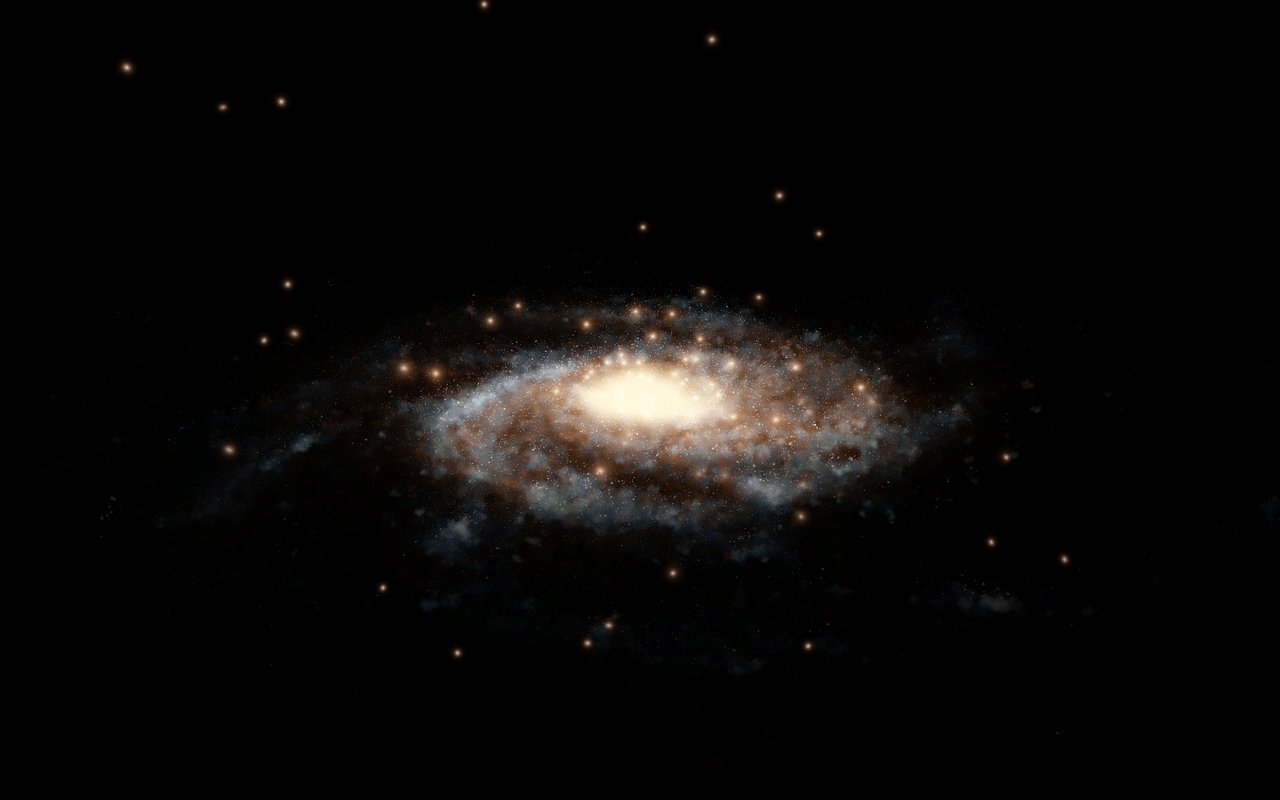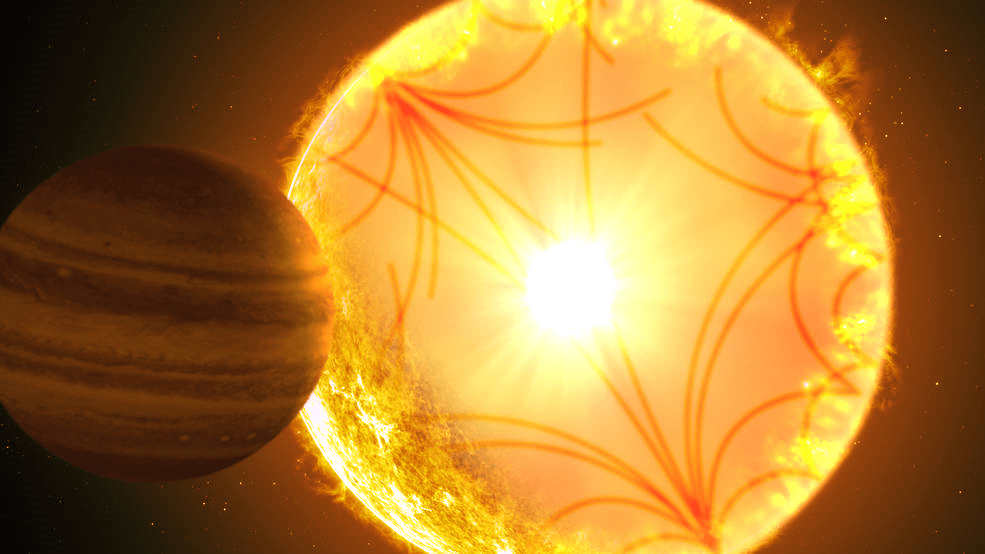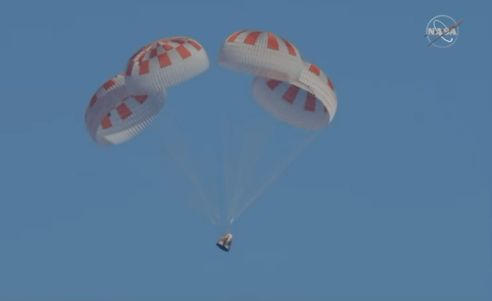2,000 light years away, in the Orion constellation, lurks an eerie looking creature, made of glowing gas lit up by young stars: the Cosmic Bat.
Its real name is NGC 1788. It’s a reflection nebula, meaning the light of nearby stars is strong enough to light it up, but not strong enough to ionize the gas, like in an emission nebula. Even though the stars are young and bright, the Cosmic Bat is still hidden. It took the powerful Very Large Telescope (VLT) to capture this image.
Continue reading “Do You See the “Cosmic Bat” in NGC 1788?”
